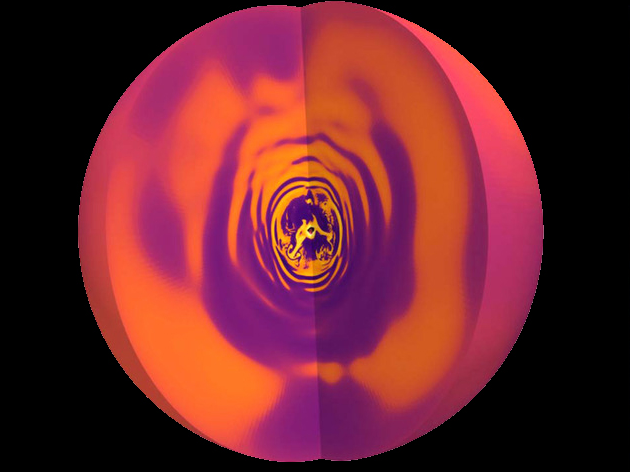
Credit: UCSB, PHILIPP EDELMANN
The Massive Eclipsing Binaries program consists of multi-epoch observations with the APOGEE instrument of a few hundred OBA eclipsing binaries (EBs) with intrinsically photometrically variable components. The selection is made to maximize the chance that EBs are double-lined (SB2) and that the targets have detectable asteroseismic oscillations. The latter condition is met by looking at TESS light curves in the continuous viewing zones (CVZs) and preselecting those with rich, and ideally highly structured, pulsation patterns.
Cartons
Starting with 3425 of the high confidence eclipsing binary candidates identified by Ijspeert et al. (2021), we selected 582 systems within the CVZs of TESS. All targets are inspected visually to ultimately select 364 systems that show (i) pronounced primary andsecondary eclipses (to maximize the chance of their SB2 nature), and (ii) intrinsic variability resembling stellar pulsations (to allow for future asteroseismic modelling).
Massive Eclipsing Binary Cartons in Targeting Generation v0.5.3
There is one carton in v0.5.3.
- manual_mwm_tess_ob
- On list of 364 systems described above
Cadences
The targets in the carton take a different cadence depending on their 2MASS H-band magnitude
- H < 9.5 — bright_8x1
- 9.5 ≤ H < 11 — bright_8x2
- H ≥ 11 — bright_8x4
